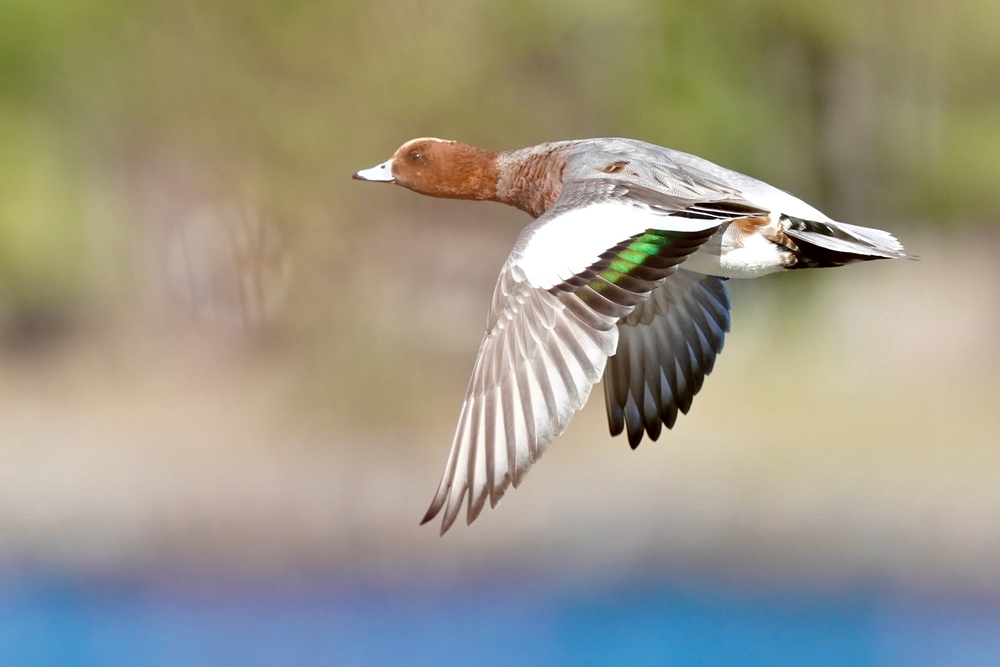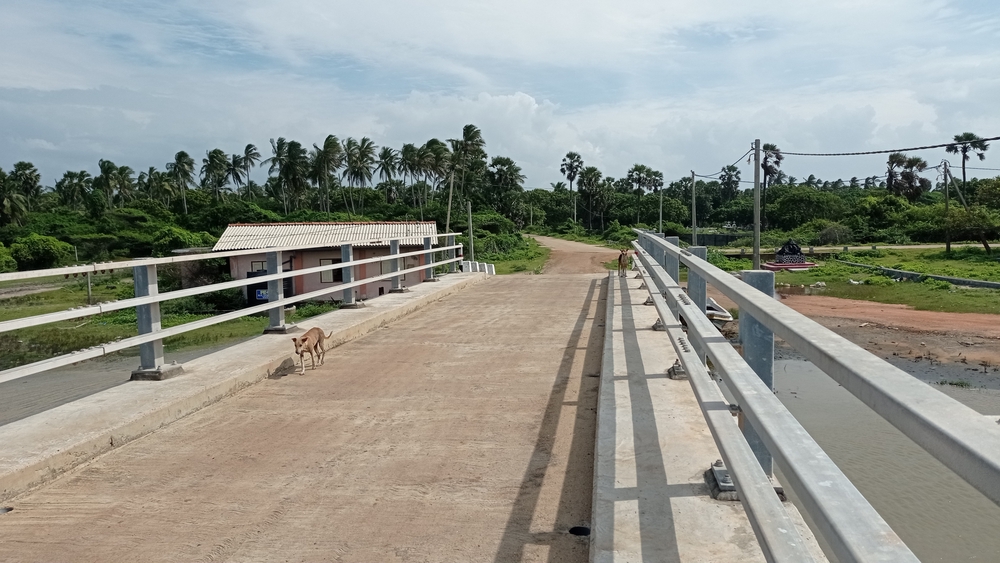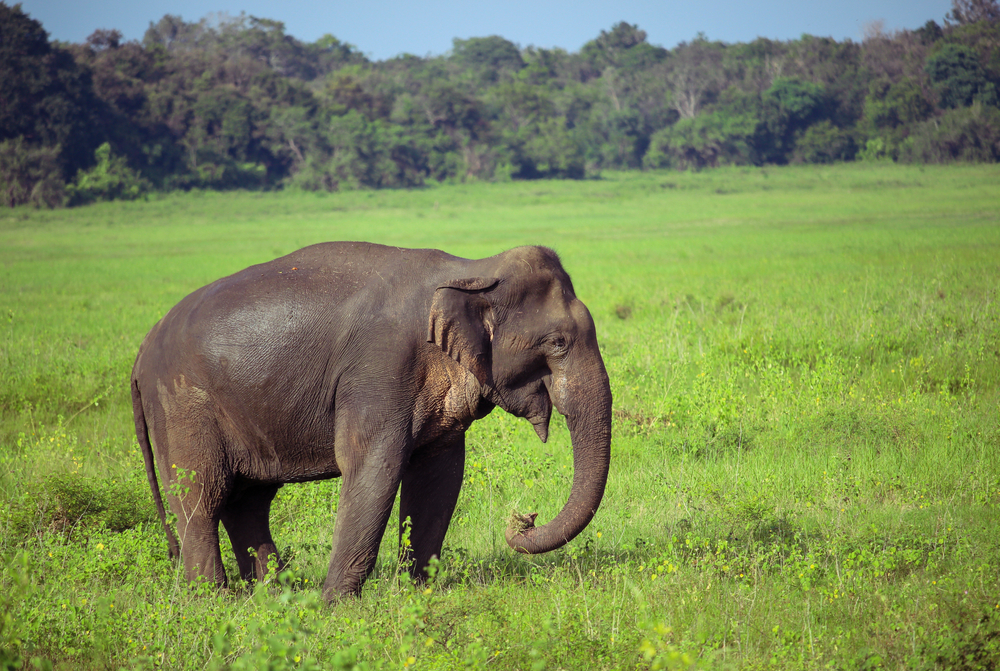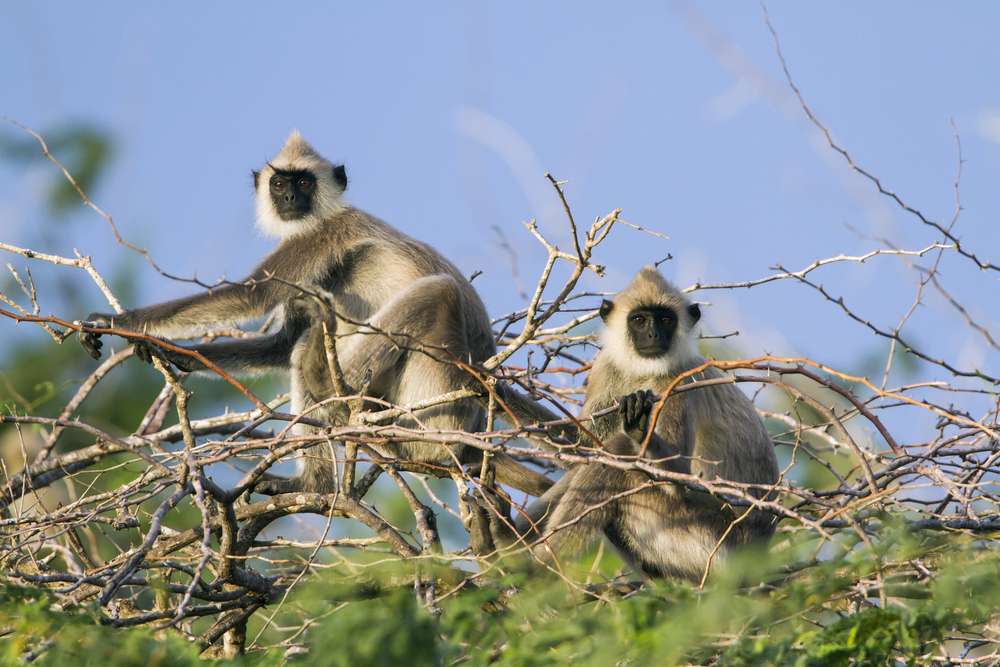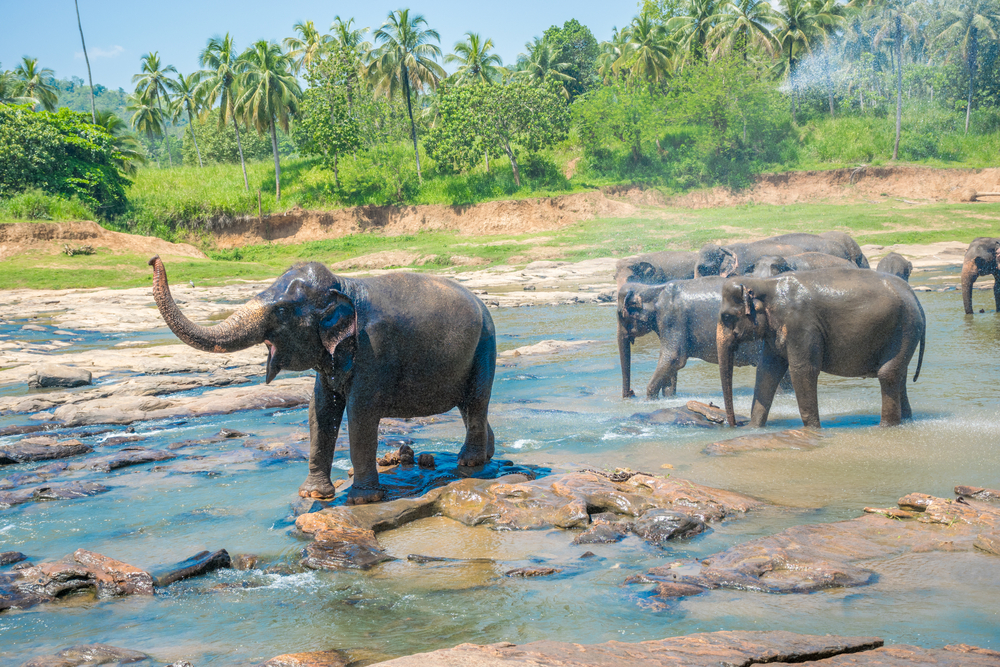Chundikkulam Overview
Chundikkulam National Park, known locally as “Chundikulam Paarththuppuliyankal,” is a protected area in northern Sri Lanka. This serene park spans approximately 74.8 square miles (193.8 square kilometers) and is situated in the Jaffna and Kilinochchi Districts, bordered by the Indian Ocean to the east. Established as a sanctuary in 1938 and later upgraded to national park status in 2015, it is a vital component of Sri Lanka’s ecological and cultural heritage, offering visitors a unique blend of biodiversity and scenic beauty.
The park’s terrain is predominantly flat and features a fascinating mix of coastal and lagoon ecosystems. The Chundikkulam Lagoon, a brackish water body central to the park, is surrounded by salt marshes, mangroves, and grasslands. These landscapes create an intricate mosaic that supports a remarkable array of flora and fauna. The coastline is characterized by sandy beaches, while the inland areas boast dry scrub forests, making the park an important refuge for biodiversity in an otherwise arid region. The mangroves play a critical role in protecting the shoreline from erosion while providing a crucial habitat for a range of wildlife.
Wildlife enthusiasts will find Chundikkulam National Park a haven of biodiversity. The park is renowned for its avian population, particularly migratory birds that use the lagoon as a stopover during their journeys along the East Asian-Australasian Flyway. Species such as flamingos, painted storks, pelicans, and Eurasian wigeons are commonly seen in the park, making it a paradise for birdwatchers. The terrestrial areas are home to a variety of mammals, including spotted deer, jackals, and wild boars. Reptiles such as monitor lizards and the Indian star tortoise can also be encountered in the park’s diverse habitats.
Visitors are drawn to the park’s tranquil lagoon, sandy beaches, and opportunities for birdwatching and nature photography. Chundikkulam’s unspoiled charm and relatively remote location offer a sense of serenity rarely found in more frequented destinations. Kayaking on the lagoon, guided nature walks, and birding excursions are among the popular activities, providing visitors with intimate encounters with the park’s natural beauty. The park’s conservation significance has led to increased awareness about sustainable tourism, with local guides and eco-lodges promoting responsible travel practices.
Chundikkulam National Park faces conservation challenges, including habitat degradation due to human encroachment and the lingering impacts of the Sri Lankan Civil War. However, ongoing efforts by the Department of Wildlife Conservation and local communities have yielded positive results in recent years. Restoration initiatives for mangroves and lagoon ecosystems have improved habitat quality, while increased patrols and awareness campaigns have bolstered protection against poaching and illegal fishing. These efforts highlight the importance of community involvement in preserving the park’s ecological integrity.








































































